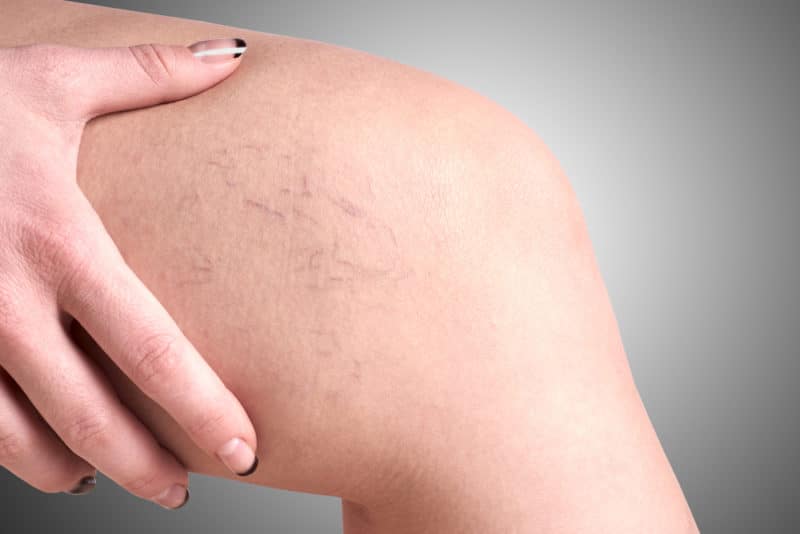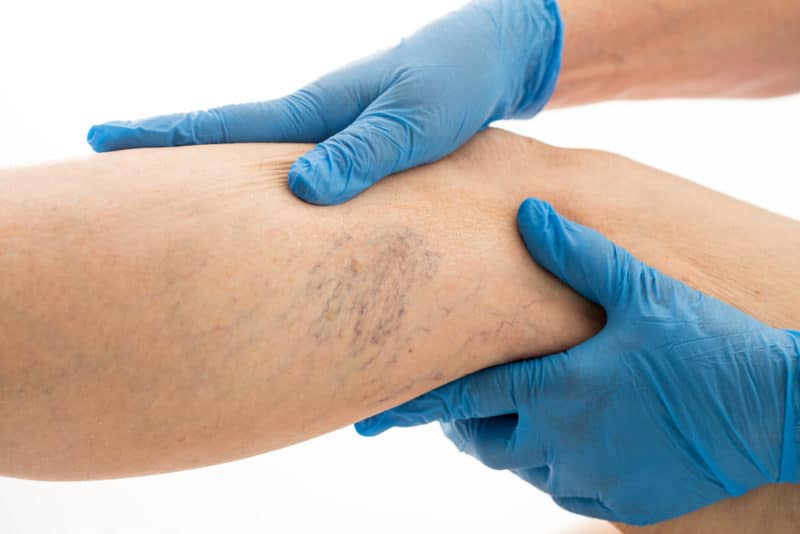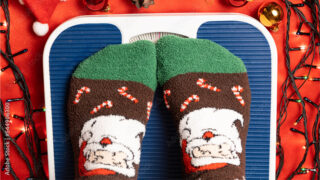Dealing with veins on legs that won’t go away? Thankfully, procedures have now progressed to the stage where patients can feel little or no pain, and treatment can be a quick in and out of the surgery. We speak to two surgeons on all there is to know about varicose veins disease and spider veins, as well as the various varicose veins treatments in Singapore.

Dealing with varicose veins disease
These abnormally dilated and swollen veins, commonly found in the legs but sometimes on the face and other body parts, can be frustrating! DR JOHN TAN, Consultant Vascular Surgeon from The Vein Clinic & Surgery, shares some advice.
#1 Common culprits
While the causes of the disease are not fully understood, it can be triggered by prolonged standing at work, multiple pregnancies and situations that cause significant stress on leg veins. These cause them to stretch and the valves to fail. Also, high heels often restrict calf muscle function and circulation, resulting in spider veins on the legs. Sun exposure is another well-known culprit for them on the face.
#2 Skip the cream and medication
Varicose veins are a progressive issue that won’t go away without proper treatment. No amount of cream or medication can cure it. They can cause great discomfort, too – many of Dr Tan’s patients report tired legs and calf cramps. Early treatment is crucial, especially for those with complications caused by bleeding or infection. Patients with ankle ulcers from the disease should also be aware that treatment is the only path to long-term ulcer healing.
#3 Get proper varicose veins treatment in Singapore early!
Endovenous closure techniques are an excellent treatment without requiring surgery, general anaesthesia or hospitalisation. The procedure involves a fine wire that’s inserted into the affected vein through a small skin puncture, then cauterising it with a laser or radiofrequency. To seal it, physicians may use medical glue introduced via a small catheter. These modern techniques deliver swift and effective relief for varicose veins, allowing patients to resume normal activities within the same or next day after treatment.
The Vein Clinic & Surgery
#11-08 Paragon, 290 Orchard Road
6245 6666 | theveinclinic.com.sg

The Vascular and General Surgery Centre
Hear from a doctor:
Dr Sujit Singh Gill, Director and Consultant Surgeon
What are the spider veins and varicose veins treatments available in Singapore?
Endovenous ablation for varicose veins. In this technique, a laser is inserted into the diseased vein and heats it from inside, causing it to seal shut. Some bulging varicosities may need removal, too. Newer techniques such as glue ablation or chemical ablation are also available. The procedure is performed under sedation, and therefore an overnight stay at the hospital is not necessary. Patients are able to walk and continue with their daily activities, except exercise. Spider veins, on the other hand, are treated with microsclerotherapy. An irritant drug is injected into the veins, causing them to swell shut. Stubborn spider veins can be treated with laser, too.
How many treatments are required for visible results?
For varicose veins disease, typically one session is all that is necessary. For spider veins, however, a second or even third session is often necessary to complete the treatment. Furthermore, as spider veins are age-related, touch-ups every couple of years are necessary. Veins that are sealed usually do not re-open. However, new veins can develop with ageing.
How do you prevent issues from recurring?
Wear compression stockings whenever you are standing or sitting for prolonged periods of time. Elevate the legs when you’re resting at home. A healthy diet and regular exercise are very important too.
#18-05, Paragon Medical Suites
290 Orchard Road
6736 2302 | tvgsc.sg
Like this article about veins on legs and varicose veins treatments? Then read our Health News for more monthly health and fitness tips!
Plus, check out these top anti-ageing treatments to try in Singapore.





